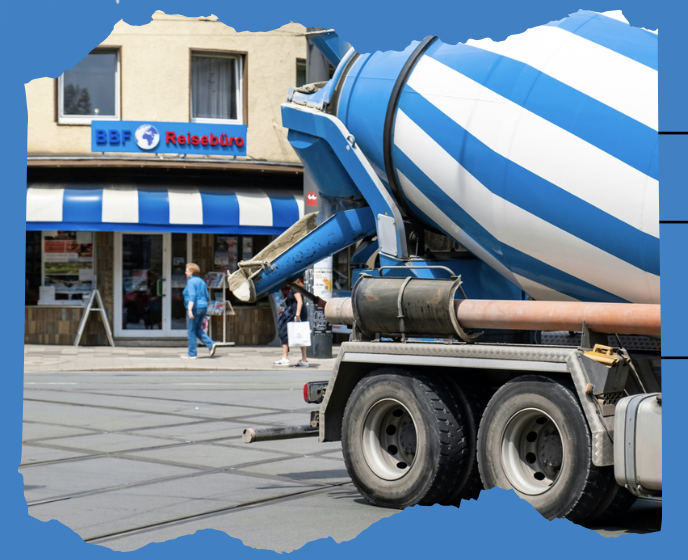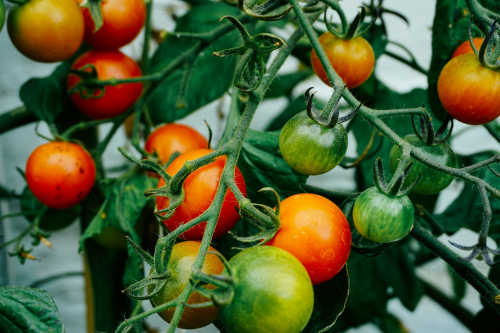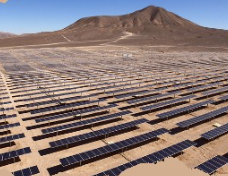Summary of the technology
The production of cement is vital for the economic development of any country, as it is a fundamental
pillar of the construction industry. However, it is also one of the most polluting processes in the world,
as evidenced by the fact that for every ton of cement produced, 1 ton of CO2 is released into the
environment.
On the other hand, the copper mining industry generates 2.2 tons of slag per ton produced. To put this
into perspective, if a plant processes 1000 tons of copper slag, only 6% is transformed into copper,
while the rest is disposed of in tailings, contaminating and affecting the lifespan of the mining plant.
Our solution uses this copper slag to produce cement, thus reducing the consumption of clinker by
15%, while maintaining early-age compressive strength, increasing the durability of the mortars used,
and all this while reducing the amount of CO2 emitted into the environment. Additionally, it allows for
the reuse of a waste product from the copper mining industry.
Details of the Technology Offer
TRL: 4
Advantages
Maintaining early-age compressive strength
Increase in the durability of mortars
Decrease the amount of C02 emitted into the environment Reuses copper slag
Applications
Cement Industry
Direct application to the mortar
Technical Info
Surface electrical resistivity (SER) tests were conducted on two mortar samples, one with and the other without copper slag, at mature and early ages. The results show that replacing 15% of clinker with copper slag resulted in an average SER at mature age showing up to 20% higher resistance. Mortars with slag developed compressive strengths up to 10% higher than that of the reference mortar.
Current development status
Working prototypes
Further research required
We are looking for enterprises that are willing to invest and develop this technology to a higher TRL
Attached documents
Related Keywords







